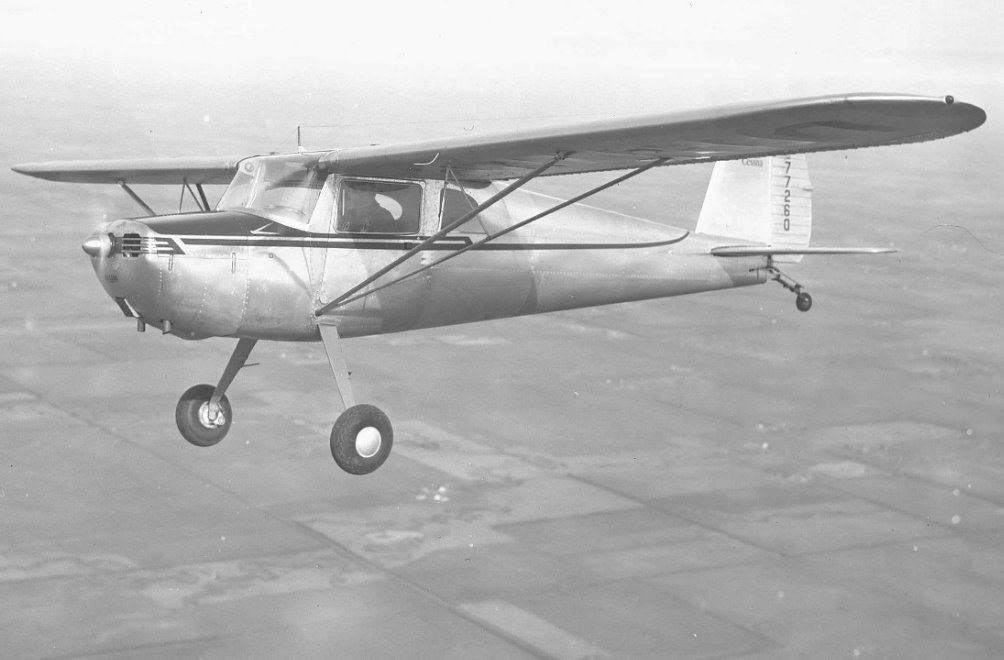For the stiffener flanges on the sides I thought I would make my own break. It was a good idea but I could not make the bend well on a sample more than about 2 feet long. Instead I went over to my friends shop, John Gaertner at Blue Swallow Aircraft, and used his break. A 40 mile drive and ten work minutes to do what I wasted hours trying to do at home. I did bend a shoe on John's break to assure the the radius would not be too small.
I had no easy solution for the large curves rolled in the corners. I decided I needed to form them around as large a pipe as I could to prevent leaving bend marks in the aluminum. I tried 8" PVC pipe but it was too large.
I worked out where the bend basically started and the center of each bend on the end templates. Then I transferred the marks to the blank panel. This gave me references to make the bends since the radius tapers smaller from front to back.
I like to find non-traditional uses for tools. This may be one of my best yet. I'm using the ShopSmith to form sheet aluminum. I don't suppose they planned for that, but here are these nice stiff steel tubes which support the mechanism. I was looking at the tubes thinking those are about the size of the 3 tubes used in a roller, why not use them.
My dad made a box below the tubes which catches saw dust, and tools I'm to lazy to put away. The mechanism is opened, like when you use it as a drill press. I slipped the piece of particle board, used while duplicating the rivet holes, under the tubes and put blocks of wood in the box to hold it snug to the tubes.
I wedged the strip of wood under the end of the metal to help lift it. I found it worked better with another strip of wood inside and the 2 clamped together. I just forgot to take pictures with it clamped on.
You lift the strip of wood and control where the tubes are making the bend using the corner marks
I found I had to wedge pieces of wood under the bent aluminum to get the radus tight enough.
Make a small bend, move slightly, and repeat. With a little care to not over bend at any one spot, and regularly taking it out to check it against the end templates you can slowly work it to create a good fit without any evidence it was bent around the tubes.
Form one side then reverse it and form the other side. You end up with a very nice piece ready to rivet in place.
Monday, March 28, 2016
Subscribe to:
Post Comments (Atom)










No comments:
Post a Comment